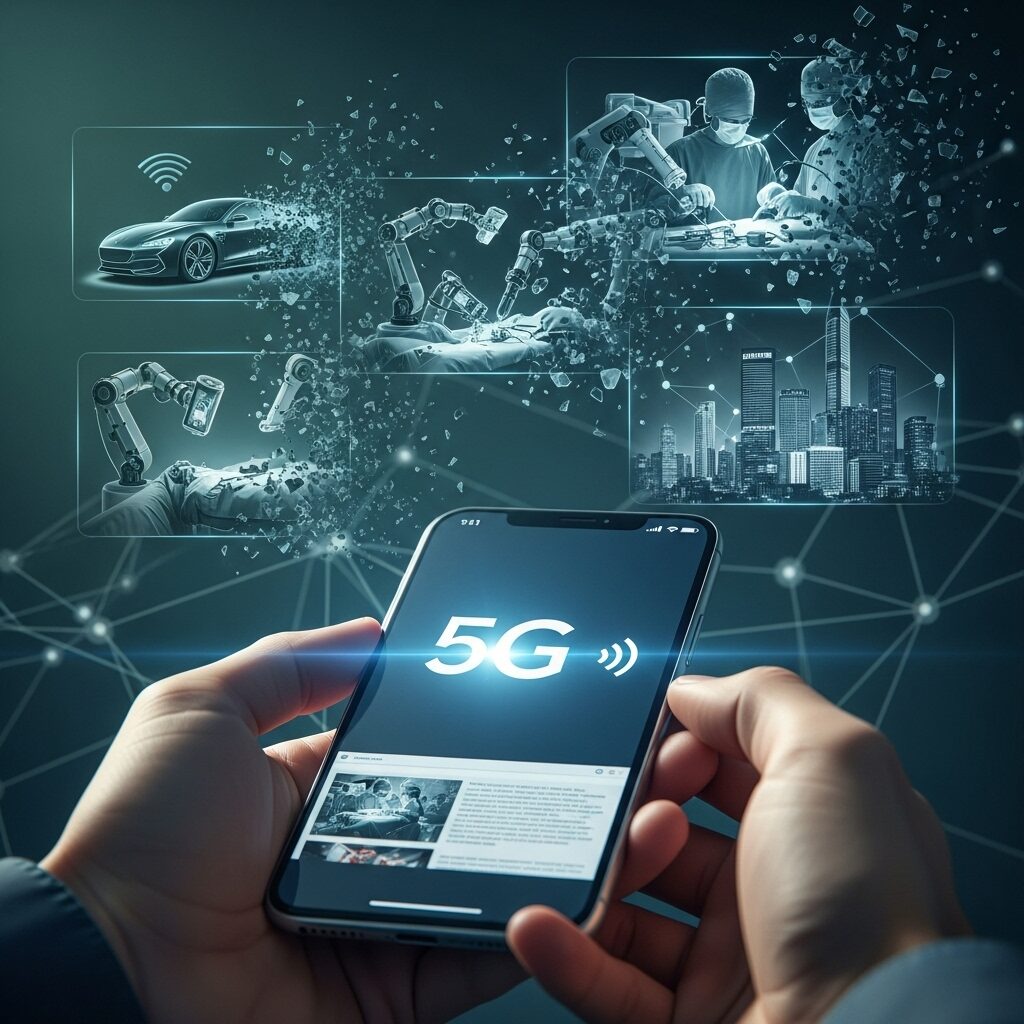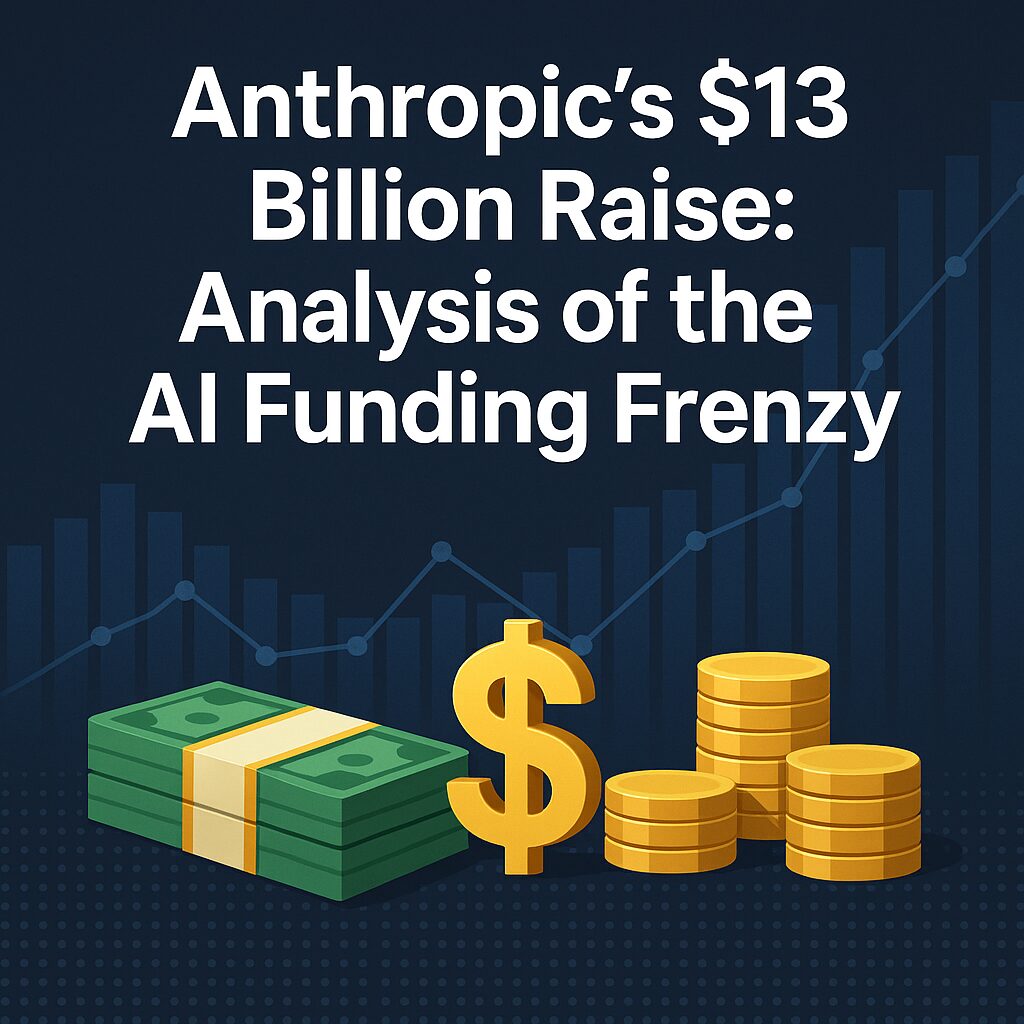The 5G Disappointment: Unfulfilled Promises and Lingering Questions

The arrival of 5G technology was heralded as nothing short of a “technological revolution,” promising an impact akin to the advent of electricity. We were told of a future teeming with “transformative capabilities”: remote surgeries, self-driving cars navigating smart cities, and even the mundane “5G refrigerator.” Yet, five years into its widespread deployment, the prevailing sentiment suggests a different reality. Many now label 5G a “failure” and “the biggest pile of lies of any technology.” This post delves into the unfulfilled promises of 5G, the technical and operational hurdles that explain its underwhelming performance, the accuracy (or lack thereof) of industry claims, the re-emerging health concerns, and the powerful economic and political forces that accelerated its development.
The Revolution That Wasn’t: Unfulfilled Promises of 5G
The applications consistently touted for 5G – remote surgeries, autonomous vehicles, and the sprawling “Internet of Things” – have largely failed to materialize as envisioned, or simply didn’t necessitate 5G in the first place. For instance, remote surgery demands far more than just high-speed, low-latency internet; crucial elements like a sterile environment, anesthesia, and patient consent are paramount. Moreover, within a hospital setting, a wired connection would almost always prove superior in terms of speed and stability compared to a mobile one. Similarly, while mobile connectivity can be beneficial for self-driving cars, it’s not essential; autonomous vehicles must function flawlessly even without a network connection, relying more on advancements in other technological sectors. The grand vision of the “Internet of Things” and “Smart Cities,” often linked by vendors to 5G, similarly depended on innovations beyond the direct control of phone companies and operators. Industry reports from 2017 and 2018 painted a picture of limitless possibilities, but today’s real-world applications appear far less ambitious – consider the use of “5G-enabled drones to monitor properties and prevent insurance fraud.”
Technical Hurdles and an Underwhelming Rollout
A significant contributor to 5G’s muted impact lies in the failure of its key technical characteristics to deliver as promised. 5G introduced the use of higher frequencies (above 24 GHz) that offer greater bandwidth but travel shorter distances, necessitating a much denser network of antennas. Despite “hundreds of billions of dollars” invested, these changes have yielded little noticeable difference for many consumers. Furthermore, to cut costs, much of the initial 5G infrastructure was built by modifying existing 4G sites, resulting in “non-standalone” deployments that “ultimately offer a similar experience to 4G.” The much-hyped millimeter-wave (mmWave) 5G, lauded for its “enormous capacity,” remains largely unavailable, and many smartphones don’t even support it. Its short range and vulnerability to physical obstructions (like leaves or even your hand) make its widespread use in mobile networks impractical. The “flashiest applications of 5G are practically nowhere to be found.” While 5G-connected phones generally achieve faster speeds and lower latency, for most users, “4G was already good enough.” Coverage, not speed, remains the primary issue, particularly in rural and remote areas where operators simply haven’t built out their networks. Interestingly, 5G’s higher, shorter-range frequencies make it a less efficient tool for expanding coverage than improving existing 4G networks.
The Industry’s Pervasive Misinformation
The telecommunications industry has consistently presented an often-inaccurate portrayal of 5G’s status and availability. Promotional coverage maps, for instance, frequently depict widespread 5G access, yet are “enormously inaccurate.” In many counties, these maps claim broad coverage while only encompassing “30 or 40% of the land area.” This lack of accountability is striking, as few verify the maps’ accuracy. Compounding this, the “5G” icon displayed on a user’s phone in the US often merely signifies that a mobile network is “nearby,” not that the user is actually connected to it. Users on networks like Verizon and AT&T, for example, are connected to a true 5G network only “about a tenth of the time.”
Addressing Health Concerns: Separating Fact from Fiction
The deployment of 5G also reignited public concerns about radiofrequency radiation (RFR). While acute, high-dose exposure to RFR can be harmful, the daily exposure from a cellphone is considerably lower. The International Agency for Research on Cancer classified RFR as a Group 2B possible carcinogen – a category that also includes vehicle exhaust and aloe vera. The critical point is that “there’s not much about 5G that poses a unique radiation risk compared to previous generations.” In fact, RFR exposure might even decrease with 5G because “for the same amount of data, 5G produces less exposure than 4G,” thanks to its improved network efficiency offsetting increased data traffic. Unfortunately, research into RFR’s health impacts has been “plagued by low-quality science,” with higher-quality studies less likely to show negative effects. A “considerable online community promotes fear of 5G,” making unsubstantiated claims that it’s “proven to be harmful,” which is “simply not true.” Often, these fearmongers also sell “devices that they say can protect you from electromagnetic fields,” many of which are ineffective and represent a clear conflict of interest.
The Economic and Political Drivers Behind the Rush
The accelerated 5G rollout was largely driven by powerful financial incentives and a compelling “global race” narrative. The three major US phone carriers alone spent “more than $100 billion” just on frequency licenses, in addition to billions more on infrastructure upgrades. Despite this massive investment, operators have “struggled to get a return” on their capital, with profits declining due to intense competition. The primary beneficiaries of each new generation of mobile technology are typically the “equipment vendors” like Ericsson and Nokia, who supply the antennas, infrastructure, and software necessary to build the network. The industry consistently seeks to “churn the market” to generate fresh revenue streams. Lobbying efforts by industry trade groups and equipment providers successfully convinced government officials that the next generation was “essential and transformative” and that countries needed to win a “global race to 5G.” This race narrative, akin to the space race, exerted immense pressure for a swift launch. Consequently, 5G’s development was “accelerated” to just eight years instead of the usual ten, partly attributed to the 2020 Tokyo Olympics. This hurried deployment is considered a major reason for 5G’s current issues, including its failure to truly differentiate itself from 4G in the eyes of consumers. Countries that rushed ahead with 5G deployment “haven’t gained any obvious advantage.”
Looking Ahead: Is 6G the Real Transformation?
Opinions on the future of 5G and the forthcoming 6G are diverse. Some experts remain optimistic, believing 5G’s true potential is yet to be realized, suggesting that “if we keep deploying infrastructure and commit to 5G Standalone,” transformative changes could still emerge. Others propose a pattern: “odd” generations (like 1G and 3G) tend to disappoint, while “even” generations (2G, 4G) solve problems and deliver greater benefits, implying 6G could be the true transformation. However, a growing number believe that “5G is a terrible set of choices” regarding frequencies and signal processing, and many experts agree that 6G is on the “same problematic path,” repeating 5G’s “big mistakes.” A more beneficial direction for 6G, some argue, would involve “tightly integrating mobile signals with Wi-Fi and satellites to create a single, seamless network with excellent coverage.” Yet, it doesn’t appear the industry is pursuing this integrated path, suggesting we “will soon be off to the races again.”
Despite the ambitious rhetoric surrounding its launch, 5G has largely proven to be a disappointment for many consumers and a financial challenge for the operators who invested massively. The promised transformative applications have not significantly materialized, and concerns about health risks have been exaggerated by misinformation. The hasty deployment, fueled by financial incentives and a global “race,” seems to have significantly contributed to its limitations. As the industry now turns its gaze towards 6G, there’s a palpable concern that the same errors could be repeated, unless a fundamentally different approach is embraced.




